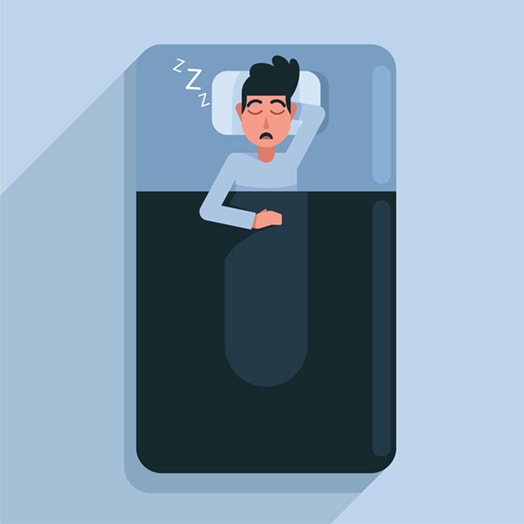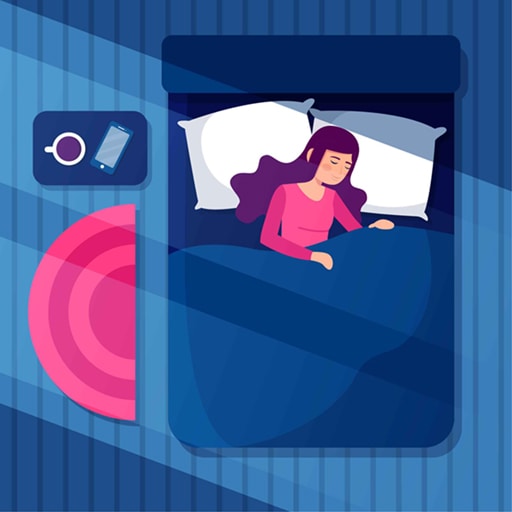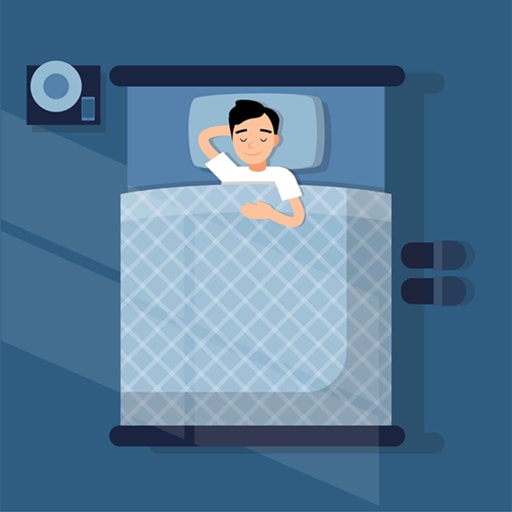1. Obstructive sleep apnoea (OSA)
OSA is the commonest type of sleep apnoea. It affects between 5-8% of adults in UK. It is caused by narrowing or collapse of the muscles of the throat during sleep. This causes frequent fluctuations in blood oxygen levels and disrupts normal sleep. People usually snore loudly and complain of unrefreshed sleep with excessive daytime sleepiness. Bed partners frequently report cessation of breathing (apnoeas) in addition to choking or gasping noises. Obesity is the commonest risk factor, but there are several other reasons.
2. Central sleep apnoea (CSA)
CSA also results in reduced or absent airflow during sleep but this is due to lack of activation of the muscles of breathing (ventilatory effort) in the chest. In other words, the breathing centre in the brain is desensitised. This can occur as a primary disorder (Idiopathic CSA) or as a result of conditions such as heart failure, stroke, drugs such as morphine (opiates) and other rare conditions. People with CSA also complain of excessive daytime sleepiness but can have other symptoms such as morning headaches and poor concentration.


